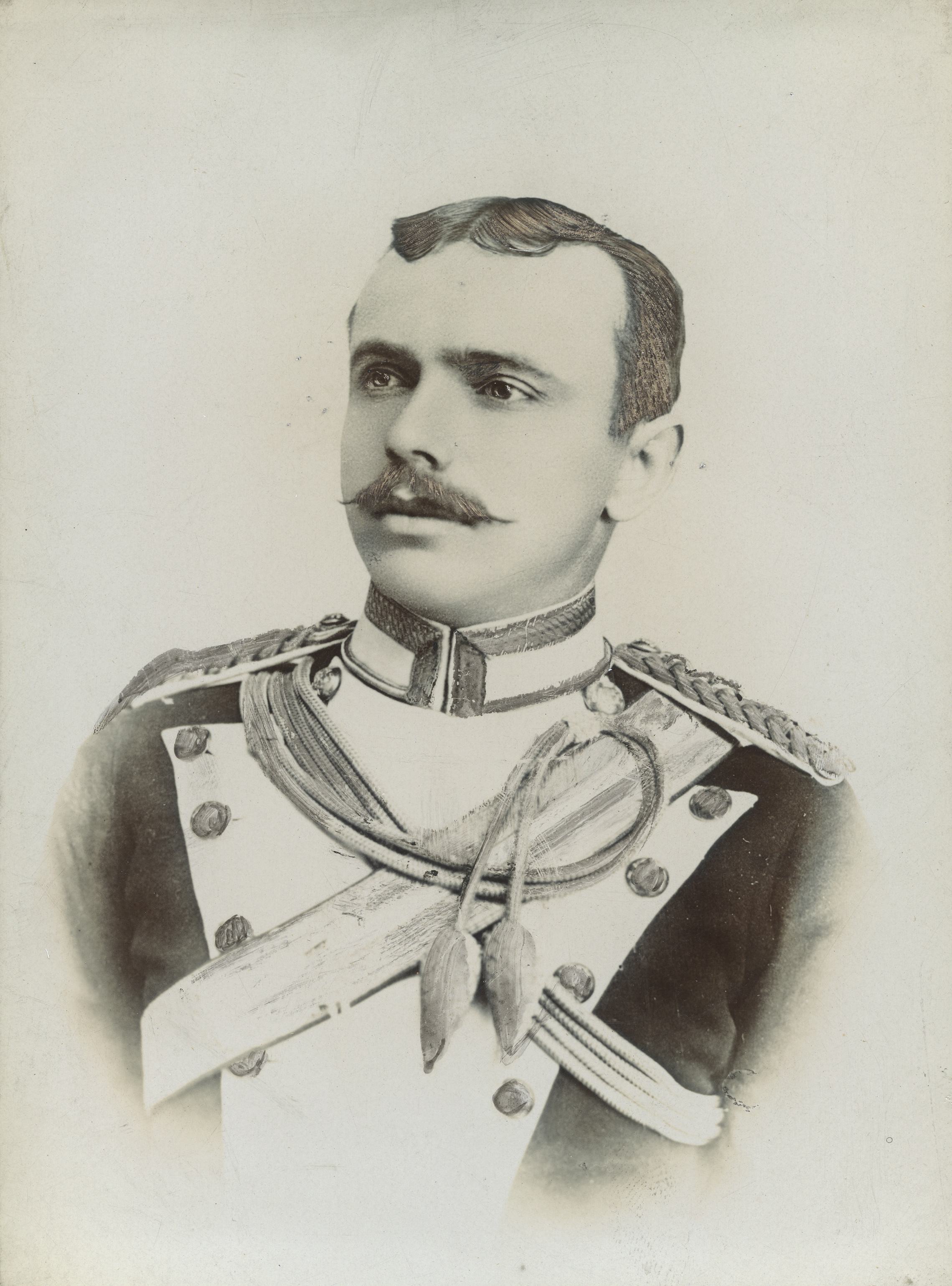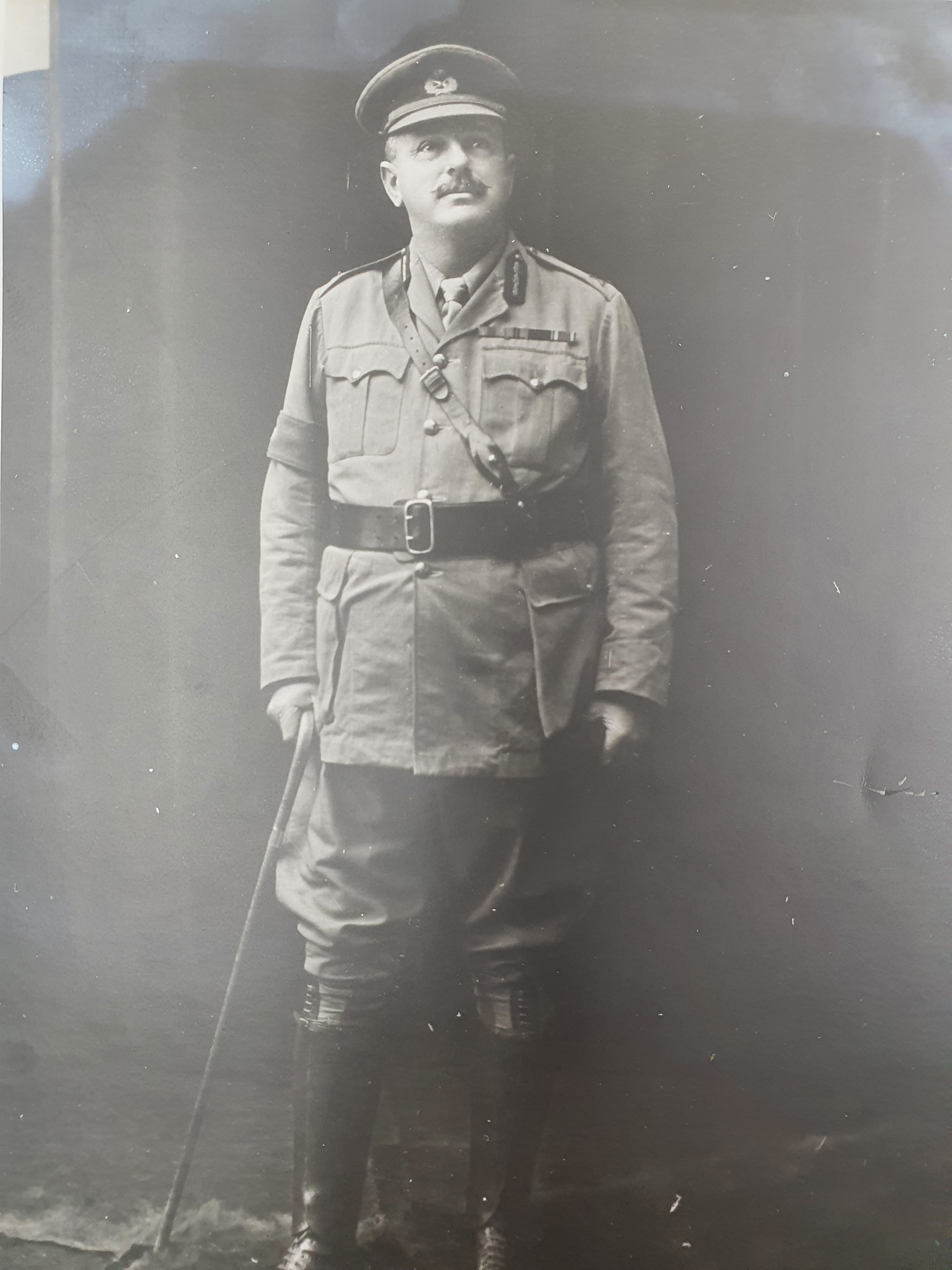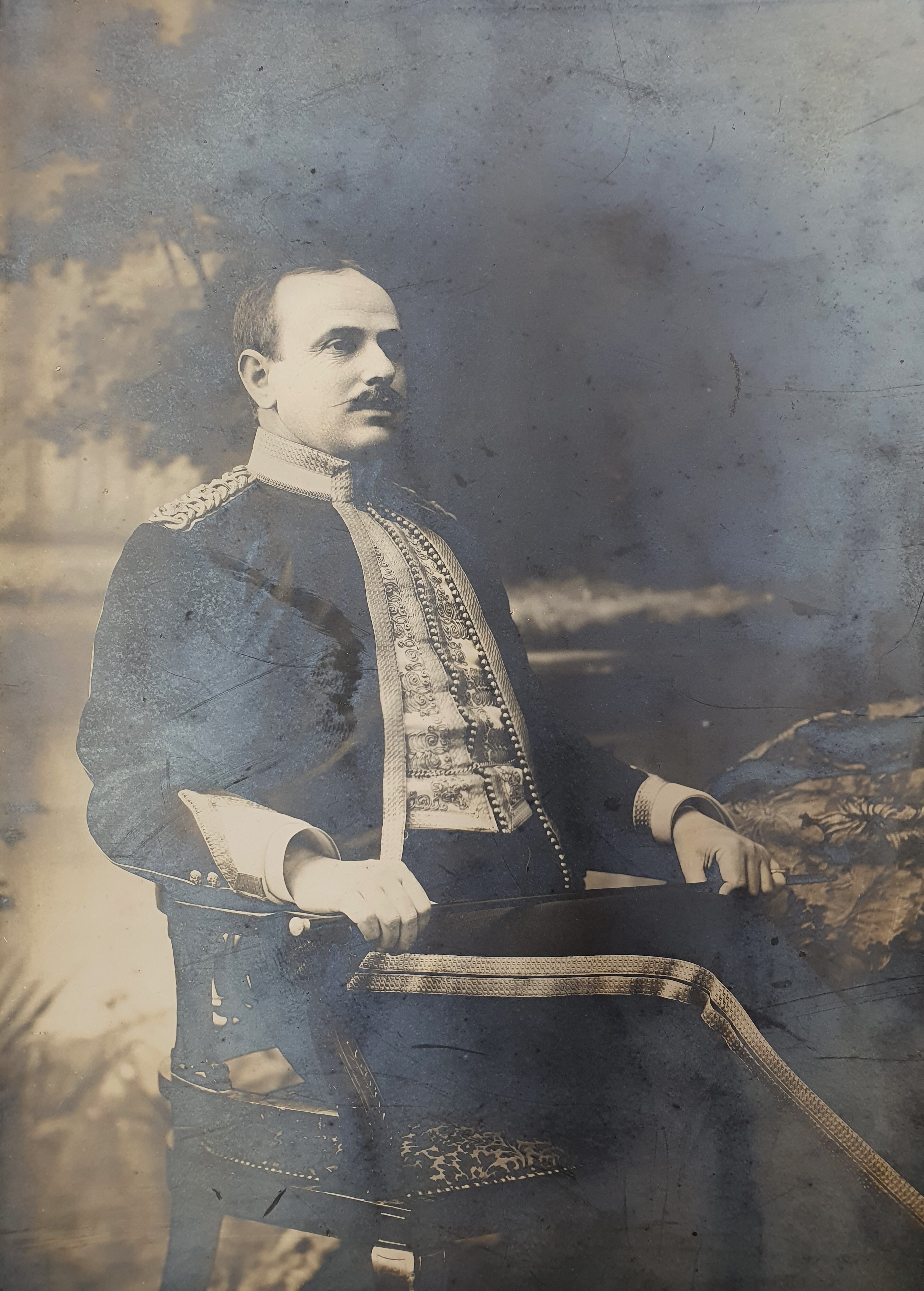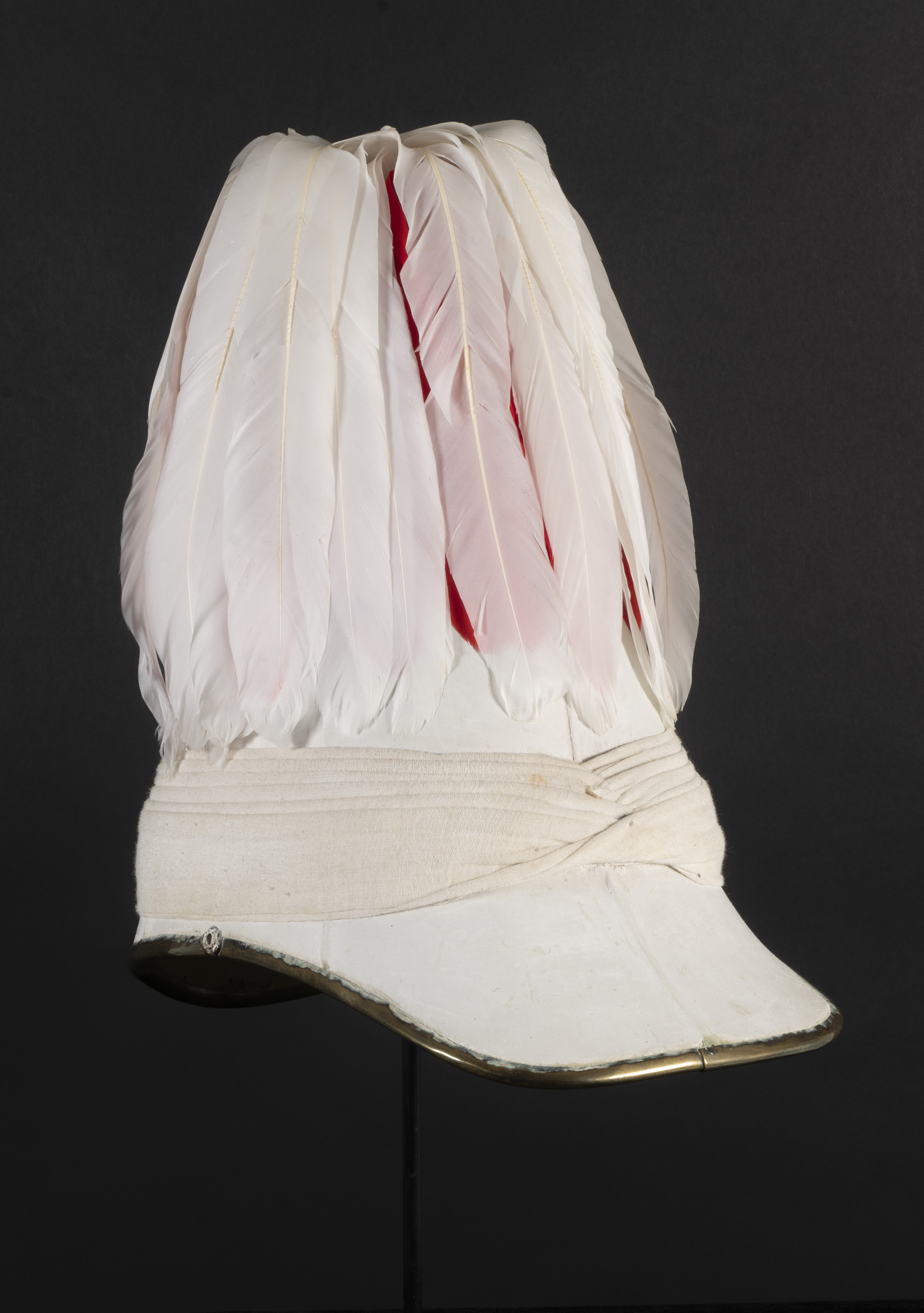
Brigadier General Albert William Andrew (1866–1941) was the first person with a working-class background to gain a commission as an officer in Britain’s Imperial Forces.
Born to Cornish parents after their arrival in Canterbury, Albert and his four surviving siblings grew up in Sydenham. In his youth Albert joined the Sydenham Rifles Volunteer Corps, his intention being to have a career in the army.
Albert’s chance came in 1885 when the British Government announced that they were making positions available for men in Australia and New Zealand. The positions would be awarded by competitive examination. The New Zealand examination was to be held at Wellington on 21 December, but by early December the textbooks had still not arrived. The examination was deferred to 31 March 1886 and New Zealand premier Sir Julius Vogel cabled to Sydney for the books.
Once he had the textbooks, Albert secluded himself and undertook intensive study on tactics, engineering, military law and topography. Albert was the sole New Zealand candidate to take the test and the only person in Australasia to pass it. As the Lyttelton Times noted “It is something for us all to be proud of, that an unknown youth from the remotest quarter of Her Majesty’s empire has been deemed worthy to enter the ranks of a profession which has hitherto been a sort of closed corporation, into which Home aspirants only have been admitted."

The British Government had also offered a commission to a graduate of the New Zealand University (who would not have to sit the exam) and this was awarded to Lieutenant Gilbert Montgomerie Hutton, son of former Canterbury Museum curator Frederick Wollaston Hutton, who had completed a BA in 1885.
Albert was advised that he had been appointed to the 1st Battalion of the Sherwood Foresters, a Derbyshire Regiment stationed in Ireland, and ordered to proceed to London at once. This was difficult for Albert who, unlike other officers who had bought their commissions, did not have any inherited income. He requested an exchange to India where his pay would be sufficient to meet his expenses. Albert was also concerned about his ability to fit with the social habits and customs of England’s upper classes as he noted he had a “want of knowledge of the social habits and customs incidental to a regimental life”.
Once in India, Albert served with the 2nd Battalion of Devonshire Regiment for 2 years and then transferred to the Indian Army where he was in the 1st Lancers of the Hyderabad Contingent.
In 1892, Lieutenant Andrew took some leave in Christchurch and during this time married Eliza Amelia Laurence in Sydenham. After the wedding the pair left for India where Albert rejoined his regiment. Sadly, both Eliza and her daughter died in childbirth in Bombay 2 years later.

Albert was promoted to Captain in India on 8 Sept 1897, but was again in Christchurch in 1900. He took additional leave from the Indian Army to take command of the Canterbury section of the 6th Contingent who left for South Africa in February 1901 to assist in the Anglo Boer War. The 6th were highly praised, with Lord Kitchener saying that “after a year of strenuous service [they] had established a record far above that of any other Colonial Regiment.”
Andrews married Alice Eckford in 1902. After the birth of their first child, the couple lived in India until Alice returned to New Zealand for the birth of their second.
In India, along with his military work, Andrews developed his linguistic skills, becoming fluent in Hindustani, Mahratti, Persian, Arabic, Chinese and Turkish. He also wrote extensively on military topics. During World War One he commanded an Indian Army infantry brigade in Mesopotamia, with the rank of Brigadier General and was mentioned in despatches six times.
Although he received quite a number of medals, of particular note are the Companion of the Most Distinguished Order of St Michael and St George and the Russian Order of St Stanislaus, 3rd Class. This was one of the last decorations given by the Tsar of Russia.
Andrew retired from the Indian Army in 1920 and returned to Christchurch, where he was the Chief Commissioner of the Boy Scouts’ Association until 1929. He died in Christchurch in 1941 and was survived by his wife and two daughters.
His family have donated uniforms and other items to Canterbury Museum including this helmet, previously on display at the Museum, which he wore when he was a Captain of the of the 1st Hyderabad Corps of Lancers in India. You can see more of the Brigadier General’s medals here.






